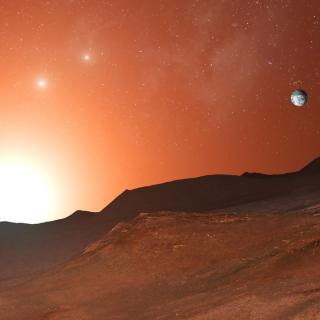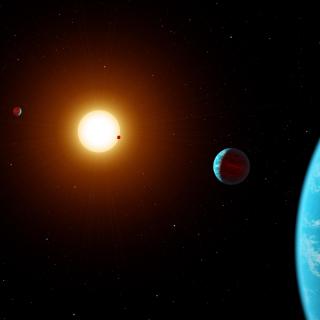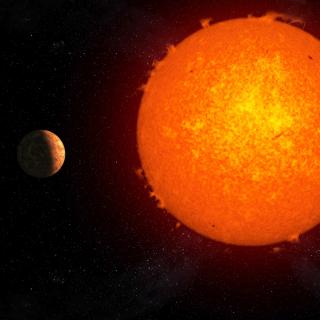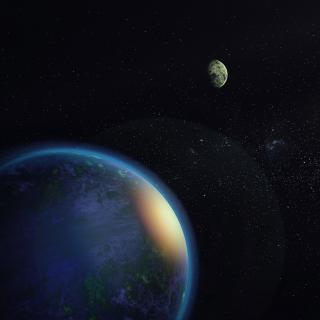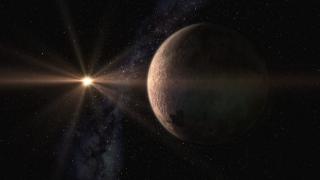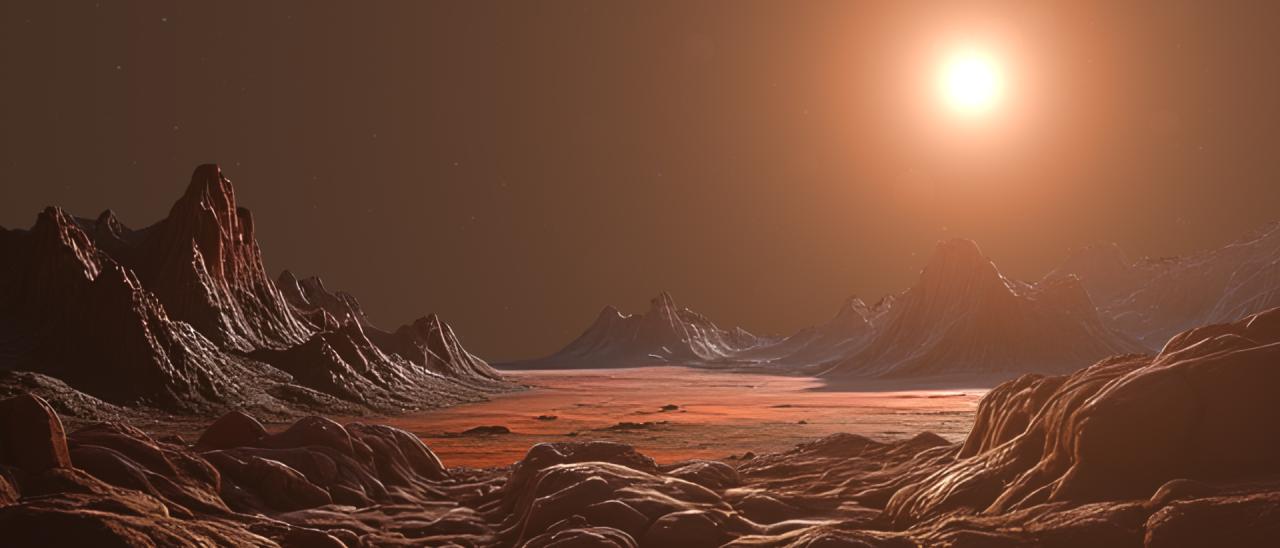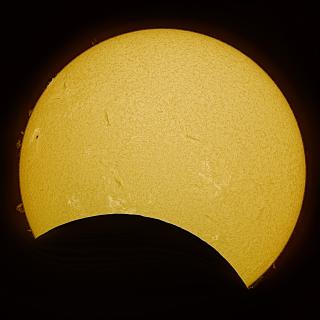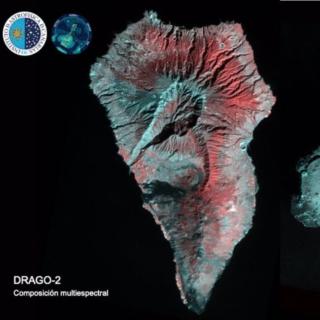The single star nearest to the Sun is called Barnard’s star. A team of researchers led by the Instituto de Astrofísica de Canarias (IAC), has recently detected a ‘sub-Earth’ orbiting it. This exoplanet, called Barnard b has at least half the mass of Venus and orbits rapidly around its star, so that its year lasts only a little over three Earth days.
This new exoplanet is sixteen times nearer to Barnard’d star than Mercury is to the Sun, and has a surface temperature close to 125oC, so it does not have liquid water on its surface. This discovery, led by the IAC in collaboration with a number of international centres was obtained with spectra from the ESPRESSO spectrograph on the Very Large Telescope of the European Southern Observatory (ESO) at the Paranal Observatory in Chile, and has been published in the journal Astronomy & Astrophysics.
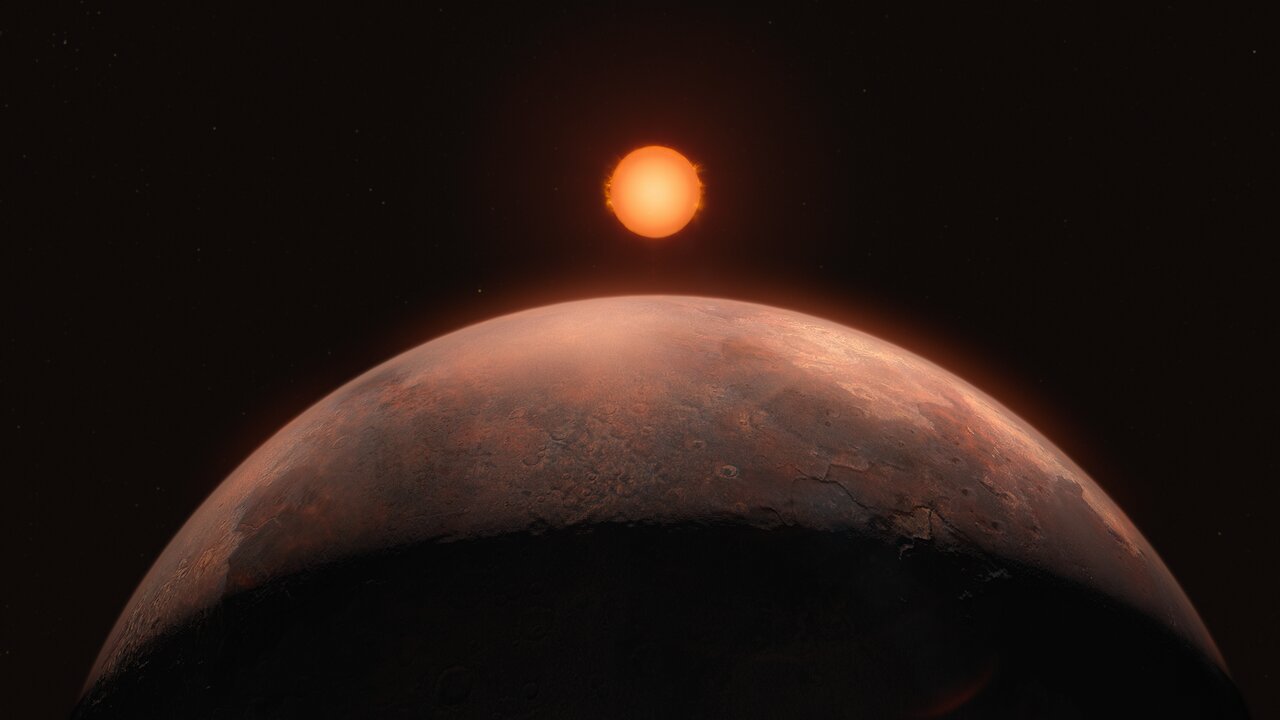
In the same study there are indications of a further three objects which are candidates for exoplanets orbiting the same star, which confirms the trend for the solar neighbourhood to be one of the places with the highest possibilities of finding an Earth with life in solar systems similar to our own.
After the triple star system Alpha Centauri, Barnard’s star is the star nearest to the Solar System, at a distance of only 6 light years. This proximity, and the fact that it is a red dwarf have led astronomers to study it since 2018. The first author of the paper, IAC researcher Jonay González Hernández explains that: “Although it has taken us many years, we are convinced that in this system, which is so important due to its proximity to the Sun, the circumstances are favourable for finding a planet similar to the Earth”.
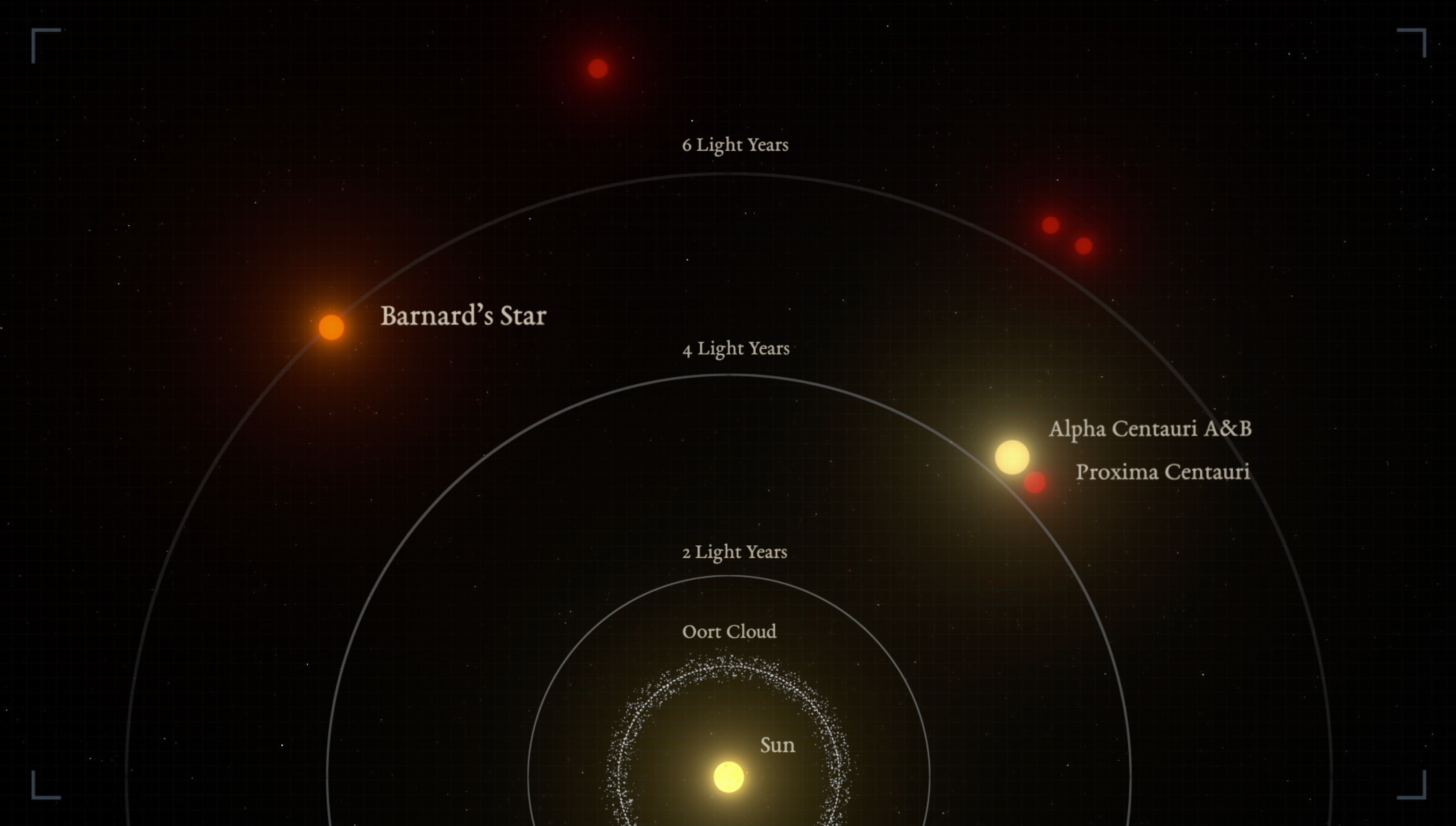
The efforts of the research team during these years were focused on looking for indicators of possible exoplanets within the habitable zone, the temperate zone of Barnard’s star, which is the zone where there can be liquid water on the surface of a planet.
In this context, González Hernández explains: “Barnard b is one of the known exoplanets with the smallest mass, and one of the few with a mass less than that of the Earth. But this planet is too near to its host star, nearer than the habitable zone. Although the star is some 2,500 degrees cooler than our Sun, on the surface of the planet the temperature is too high for water to remain liquid.
A finding helped by ESPRESSO
To make this discovery with the VLT the team used the Echelle Spectrograph for Rocky Exoplanets and Stable Spectroscopic Observations (ESPRESSO) an ultra-stable spectrograph with very high resolution, whose purpose is to search for and to characterize planets similar to the Earth, as well as studying the possible variation of the fundamental astrophysical constants. This project had co-leadership from the IAC, which participated in its design and construction.
The ESPRESSO instrument permits the study of the variation of the radial velocity of a star caused by the gravitational attraction of one or more planets in orbita round it. The results in this case were confirmed by data from other instruments, also designed to hunt for exoplanets, such as HARPS at ESO’s La Silla Observaotry and CARMENES at the Calar Alto Observatory (Almería).
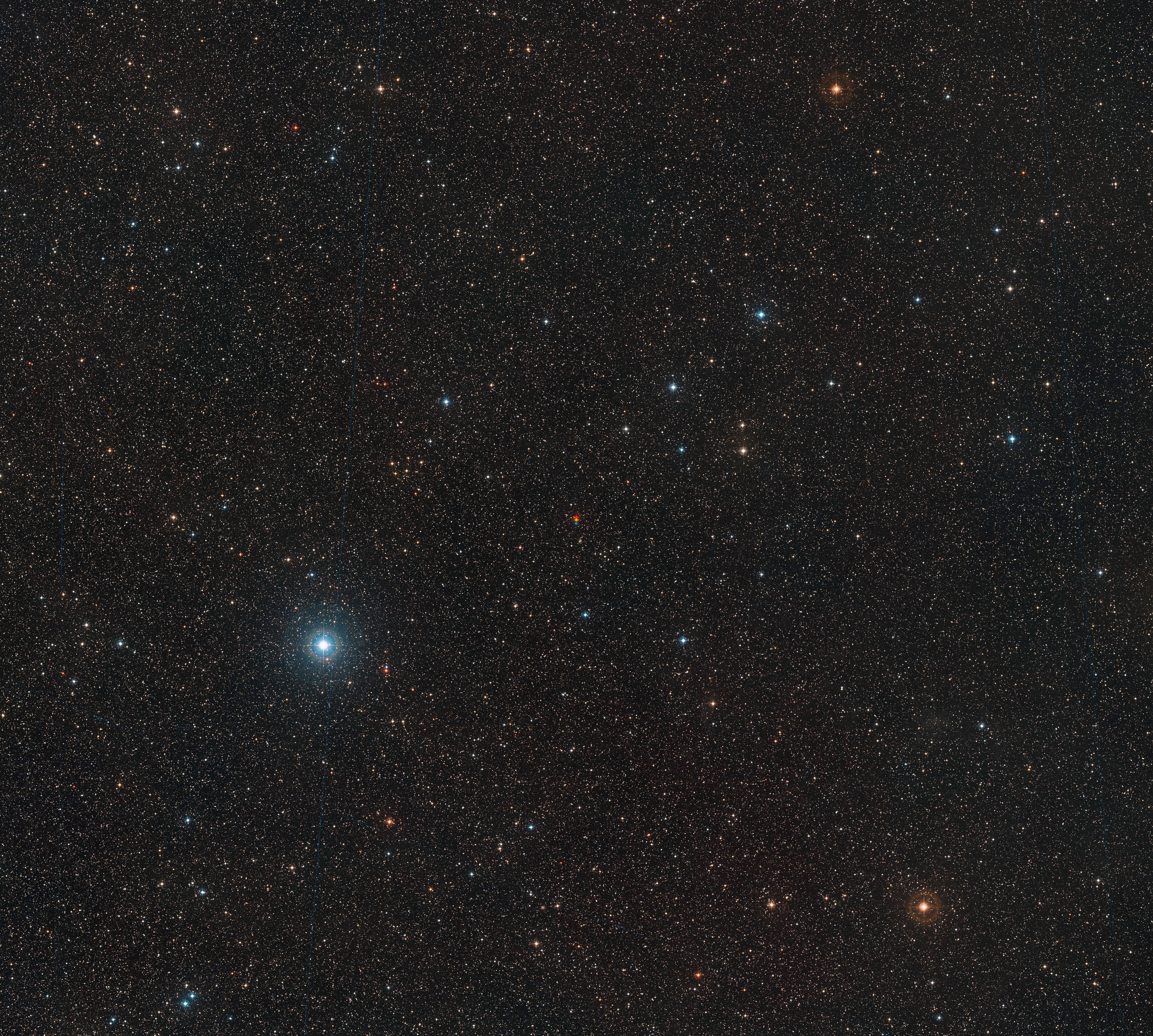
E — Red Dots
The research team is continuing to study the three candidate exoplanets around this star, to see if they are finally confirmed as exoplanets. “Now we must continue observing this star to confirm the signals from the other candidates”, says Alejandro Suárez Mascareño, another researcher at the Instituto de Astrofísica de Canarias (IAC) and co-author of the article. “The discovery of this planet, together with previous discoveries such as Proxima b and d show that our ‘cosmic back yard’ is full of low mass planets”, says Suárez Mascareño.
In this research other IAC researchers have participated, including Rafael Rebolo, Atanas Stefanov, Nicola Nari, Vera Passegger, Carlos Allende Prieto, Ricardo Génova Santos, and Enric Pallé.
Further information
This research work is presented in the scientific paper ‘A sub-Earth-mass planet orbiting Barnard's star’ which appears in the journal Astronomy & Astrophysics (https://www.aanda.org/10.1051/0004-6361/202451311).
Contact in the IAC
Jonay I. González Hernández: jonay.gonzalez [at] iac.es (jonay[dot]gonzalez[at]iac[dot]es)
Alejandro Suárez Mascareño: alejandro.suarez.mascare%C3%B1o [at] iac.es (alejandro.suarez.mascareño[at]iac[dot]es)

